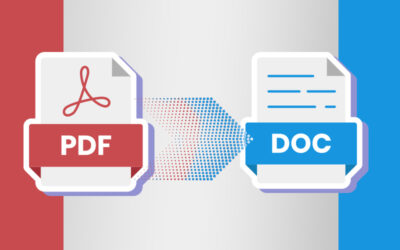
Patent processing involves many challenges including the following:
- Patent applications and other related documents may come in variety of formats that have tables, mathematical and chemical formulas, tables or images which make scanning quite complex.
- Patent documents contain 30 to 50 or sometimes even hundreds of pages; each of these documents has to be verified, analyzed and cross-checked, which is time consuming.
- The scanned images are not easily searchable; you can’t search for keywords, phrases and other things.
How USPTO Benefited from Data Conversion
- With XML document conversion, all paperwork was converted into both human and machine-readable data.
- Large volume of documents could be converted within no time. Speed is an important factor for patent processing. USPTO could scan more than 1 million pages a month.
- Accuracy of the data increased to 99.5 %, which means documents once converted need not be proofread again.
- The XML conversion system they used turned a document into text, also inserting tags/keywords/other information that could be used to provide information when searching whether one patent was closely related to another.
Advantages of XML Files
- Standardization in the representation of all information
- It is convenient to handle and easy to control
- Most effective and economical way to publish data on the web
- Large files can be converted into XML format easily
- It supports non-printable characters
- It helps to reduce the storage space as this format requires very less space to store information
- It is very easy to archive and retrieve
Typically, files in formats such as PDF, HTML, Text, Word, XHTML, SGML, Access and so on can be converted into XML. XML conversion is best done professionally to enjoy all benefits offered by this format. Factors such as cost savings, quality services, competitive pricing, customized turnaround time and ease of bulk conversion make outsourcing a good option.



